In this article
Christmas trees bring the holidays to life. They’re beautiful and fun to decorate, and many people simply can’t imagine celebrating the holidays without one. Although our feline companions bring love and warmth to holiday celebrations, they love playing in Christmas trees.
Cats are notorious for climbing, jumping on, and knocking over Christmas trees. They are also prone to using ornaments as toys, which can result in injured kitties and broken treasures. Thankfully, there are steps you can take to keep your Christmas tree upright and your cat safe during the holidays. Keep reading for 12 proven ways to cat-proof your Christmas tree.

Before Getting Started — Artificial vs. Natural Trees
Artificial trees are ideal alternatives for homes with cats since they reduce some of the hazards associated with real trees, such as sharp needles and contaminated tree water. Needles can also injure cats’ intestines and stomachs if ingested and even cause intestinal blockages.
If you buy a real tree, use a skirt to cover the bowl and consider putting a few packages down to block your cat’s access to the water. Regularly sweep the fallen needles to prevent your cat from nibbling on them, which can hurt their mouth.
Some cats may find artificial trees less interesting and leave them alone. However, artificial trees can also cause problems if cats chew on the fake needles and ingest bits of plastic or pieces of wire.

The 12 Ways to Cat-Proof Your Christmas Tree
1. Give Your Cat Time to Adjust to the Tree
You can give your cat time to get used to the tree before decorating it. Having a few days to explore the undecorated tree may satisfy some cats’ curiosity and reduce the temptation to explore once lights and ornaments are added.
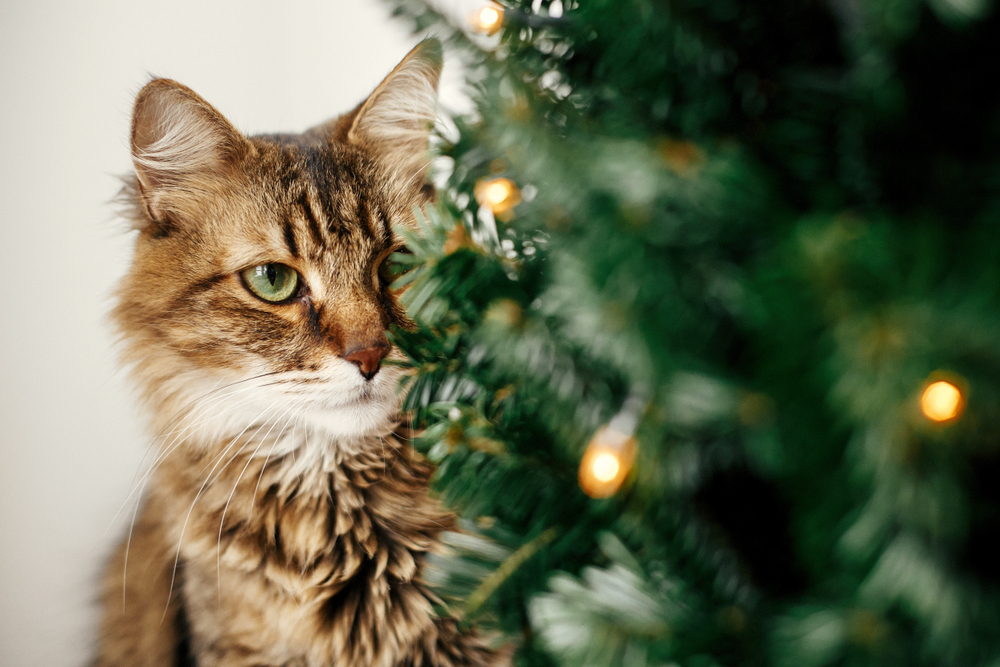
2. Secure the Tree
Cats love to climb, and Christmas trees make ideal targets! They are new, smell interesting, and provide fun challenges. However, they can easily fall over when cats become a bit too enthusiastic when playing with branches.
Therefore, your tree must be secured to prevent accidents! Wall and ceiling anchors are easy to set up and can keep trees from crashing if they receive too much feline attention.
3. Add Weights to the Bottom
Adding a few weights to the base of your tree can provide more stability and keep it upright if your cat decides to go for a climb. You can use a tree skirt to cover the weights and keep it festive. Artificial and natural trees must be anchored to keep pets safe.
Although large Christmas trees are gorgeous, smaller ones are better for homes with cats since they’re less likely to cause harm if they fall over.
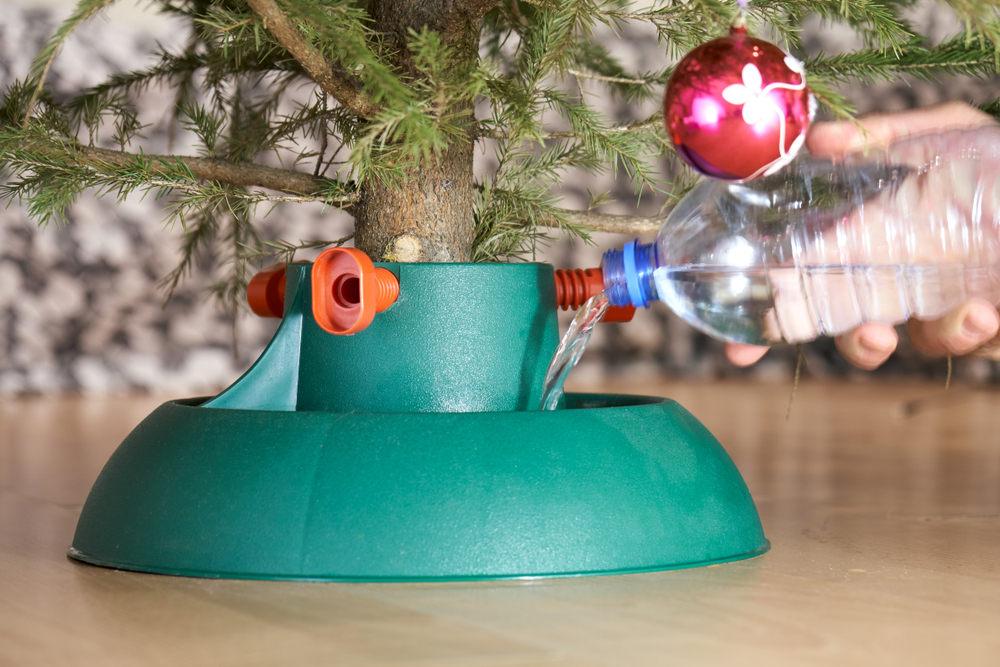
4. Stay Away From Tinsel and Skip the Fake Snow
Tinsel is dangerous for cats! It may be pretty, but when cats eat it, it can cause an intestinal blockage that requires surgery to remove. The long, thin strands are also easy for cats to choke on.
Fake snow can make cats sick if they ingest it and cause abdominal blockages.
5. Avoid Fragile Ornaments
Cats are notorious for playing with ornaments; glass ornaments can injure them if they shatter them and walk over the broken pieces. If you can’t avoid decorating your tree with breakable ornaments, try putting them as far out of your cat’s reach as possible.
6. Keep an Eye on the Lights
Christmas tree lights are problematic in two ways: they can shock cats who chew on the plugged-in strands and trap cats who entertain themselves by playing in Christmas trees.
Putting the lights as close as possible to the center of trees makes them more difficult for cats to get to. Unplugging them when you’re not around can prevent your cat from chewing the wires and getting shocked. You can use battery-operated lights since they’re less likely to cause electrocution.
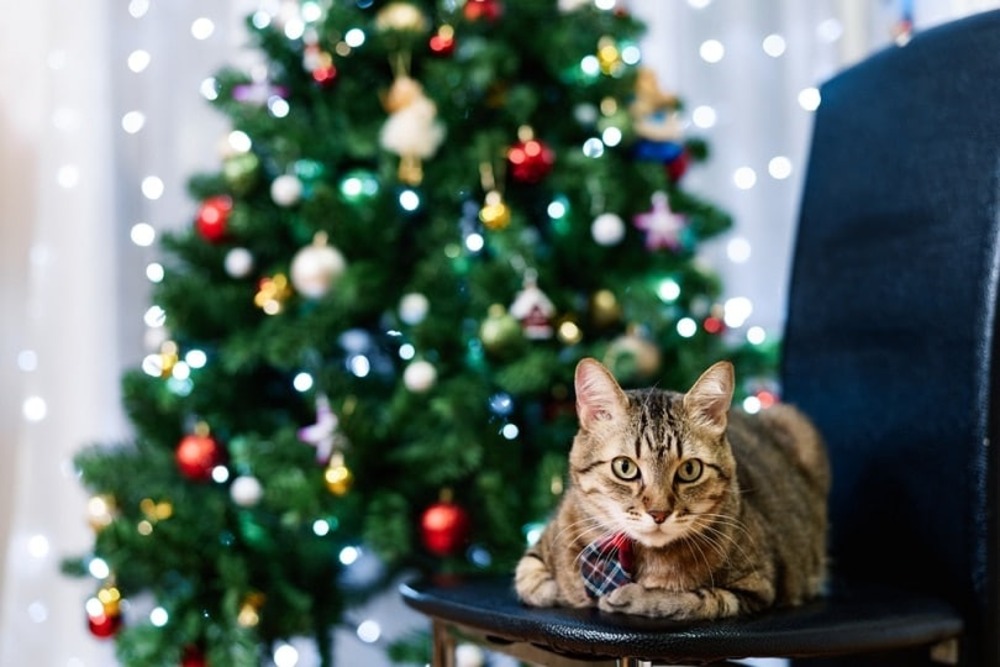
7. Pick the Right Location
Setting up your Christmas tree away from furniture and launching places can at least minimize the chances of your cat disturbing it. Putting the tree in the corner may reduce the number of easy access points and keep it more secure.
Some pet parents find that setting up trees in areas that are off-limits to cats is the easiest way to solve the problem.
8. Consider How You Attach Ornaments
Metal ornament hangers can injure your cat’s mouth, and it’s best to avoid them. However you decide to hang your ornaments, you’ll still need to place them high enough to keep your cat safe.
9. Avoid Putting Candy and Human Food in Trees
Cats have outstanding senses of smell, and they’re usually interested in food. Using food or candy to decorate trees will attract your cat to the tree. Therefore, it’s vital to avoid hanging edible decorations, especially if they contain chocolate or other toxic ingredients.
10. Stay Away From Garland
Decorating trees with garland is a fun holiday tradition, but long, thin items can be dangerous if cats ingest them. Linear foreign objects like yarn and string can easily get caught in cats’ gastrointestinal systems and lead to serious problems, including obstructions and perforated intestines.
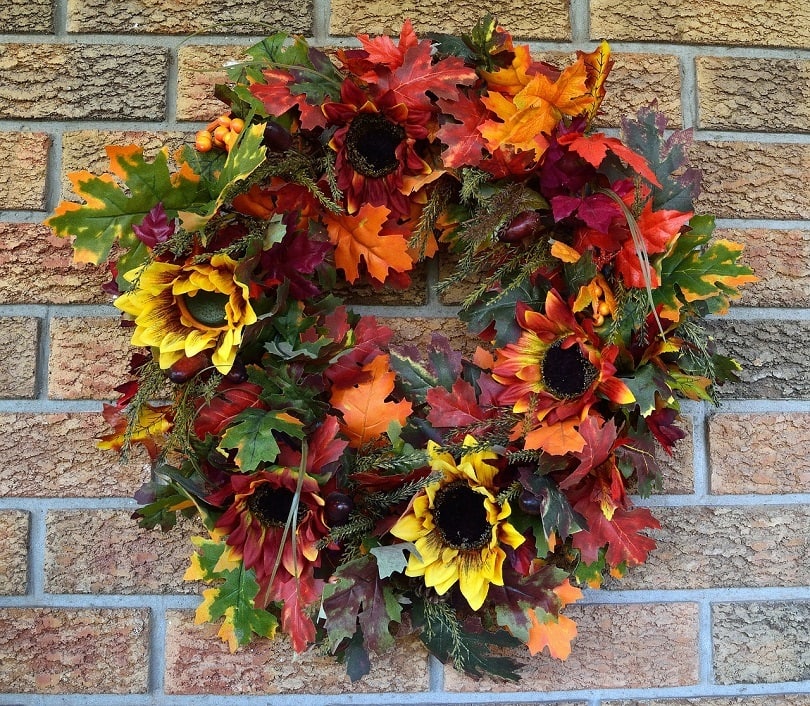
11. Consider Deterrents
Making the area around your Christmas tree less enticing may encourage your cat to seek their fun elsewhere. Some pet parents find that a spritz of water and vinegar around trees keeps cats from hanging around for too long.
Commercial deterrent sprays are also available that can decrease your cat’s interest in your Christmas tree.
12. Increase Your Cat’s Playtime
A few extra minutes of playtime can tire your cat out and decrease their motivation to torment your Christmas tree and ornaments. Before setting up your tree, purchase a few toys for your cat and encourage them to play with them in a room away from the Christmas tree site.
Our Favorite Cat Toys Right Now Here are a some of our favorite toys, each catering to a variety of senses and play preferences. Which one will your feline fancy? At Catster, we've admired Hepper for many years, and decided to take a controlling ownership interest so that we could benefit from the outstanding designs of this cool cat company!
Image
Product
Details
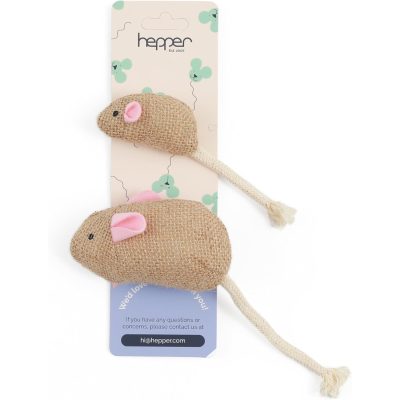
Hepper Catnip Mice Toy Set
Check Price
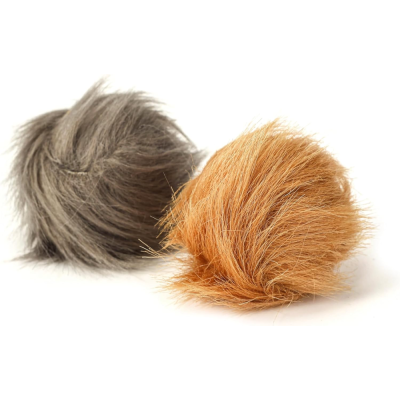
Hepper Furball Set
Check Price

Other Tips for Feline Holiday Happiness and Safety
There are a few other steps you can take (in addition to securing your Christmas tree) that can keep your cat safe during the holidays, including ensuring they have nice places to relax when guests come by, they receive plenty of physical exercise and environmental enrichment on a daily basis, while keeping toxic plants out of reach, and keeping them away from the tree altogether.
Provide Your Cat With a Safe Place
Cats can become overwhelmed by visitors, and the hubbub of holiday parties can easily become too much for them. You can place your cat’s toys and bed in a cozy room where they can hang out and relax to keep them from becoming stressed by the festivities.
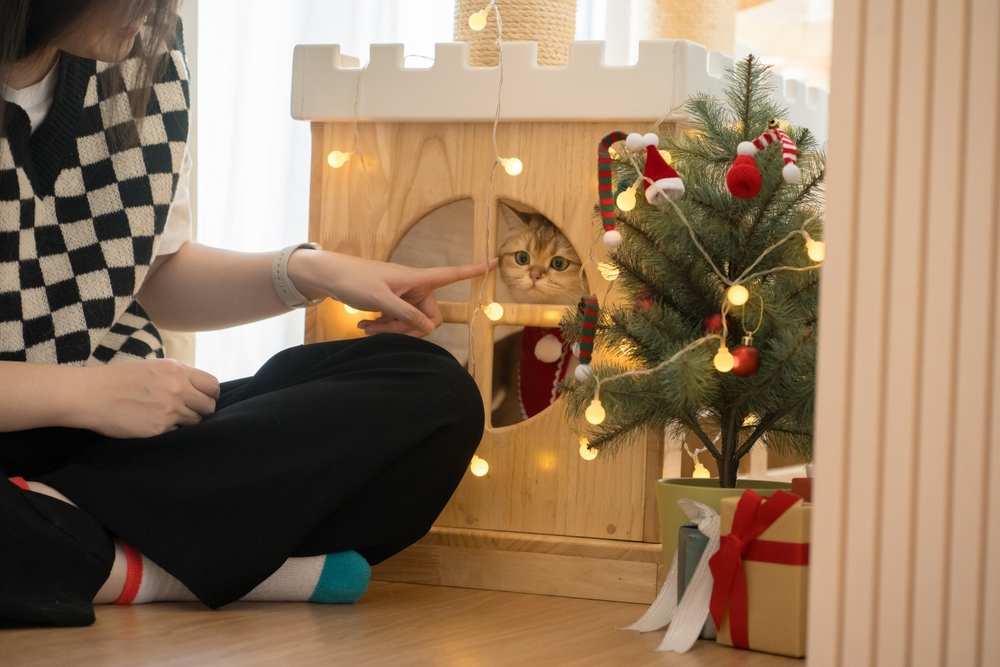
Stay Away From Candles
Candles and cats are a dangerous combination. They can burn their whiskers and paws when investigating flickering flames, and candles are incredibly easy for cats to knock over.
Be Aware of Problematic Plants
There are a few plants that are commonly associated with Christmas that can make cats sick, such as poinsettias and amaryllises. It’s vital to ensure the plants you bring home for the holidays are safe for cats.

Keeping Cats Away From Your Christmas Tree
- Use a barrier or tree guard: Set up a physical barrier around the tree, such as a decorative fence or a playpen, so your cat can’t easily access it, or ensure they are supervised around the tree at all times if this is not possible.
- Motion-activated deterrents: Place motion-activated devices like pet-safe air sprayers or sound alarms around the tree to startle cats when they try to approach.
- Wrap the base with aluminum foil: Some cats don’t like the feeling of aluminum foil and the sound it makes, which may keep them from wanting to go near the tree.
- Cat deterrent sprays: Citrus or vinegar solutions can be sprayed around the lower branches of the tree to discourage cats from getting close, or orange or lemon peels can be positioned around it.
- Distract with a cat tree: A cat tree or scratching post sprinkled with some catnip and hanging toys is a great alternative your cat can be fascinated with.
- Limit access with furniture: Cats may be less inclined to climb if they can’t easily jump onto the branches, so remove any launching points by putting furniture as far away from the tree as possible.
- Keep the tree out of reach: If possible, position the tree in a room or area that can be closed off when you aren’t around to supervise, or stick to a smaller tabletop tree.

Conclusion
Cats add magic to the holiday season! They’re sweet, adorable, and notorious for becoming obsessed with Christmas trees. Some cats climb and jump into them, and others use the ornaments as toys, which can lead to broken heirlooms and injured paws.
Properly securing Christmas trees can reduce the likelihood of damage and injuries, and putting ornaments on the tallest branches can prevent cats from using them as toys.
See Also:
- Cat-Safe Christmas Tree Alternatives (With Pictures)
- Can Cats Eat Pine Needles? Vet-Approved Risks & Alternatives
Featured Image Credit: Anna Krivitskaya, Shutterstock
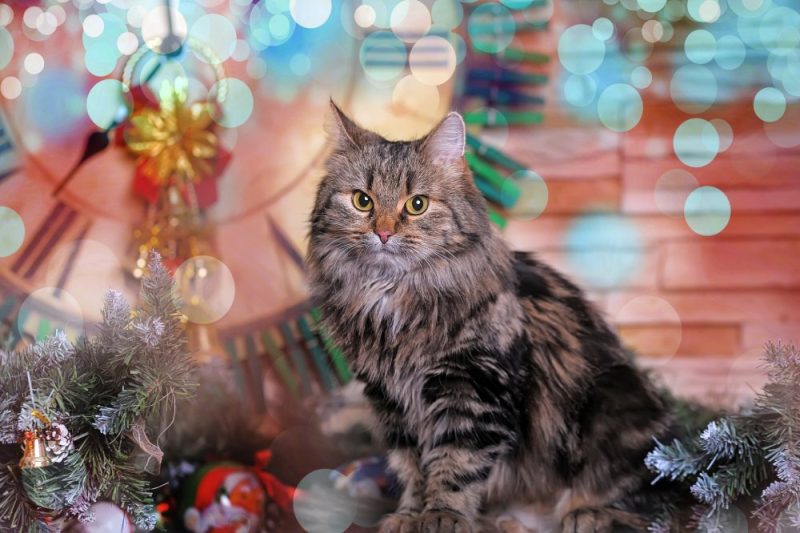

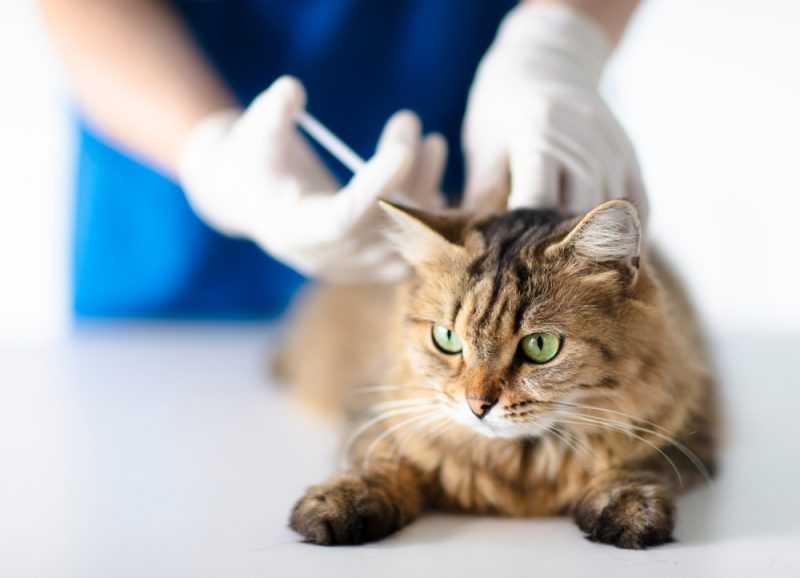
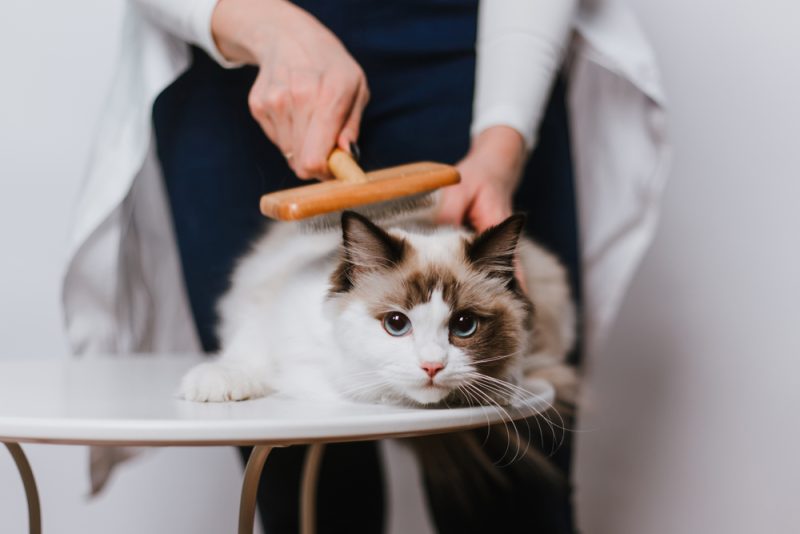
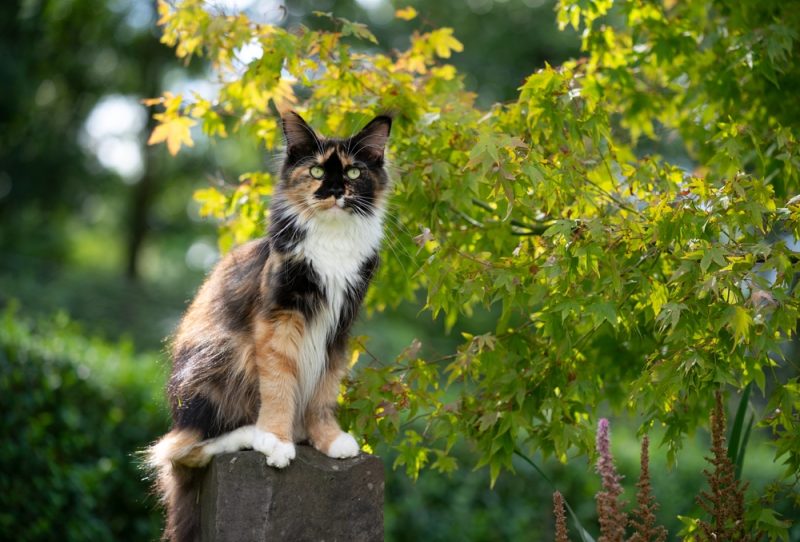

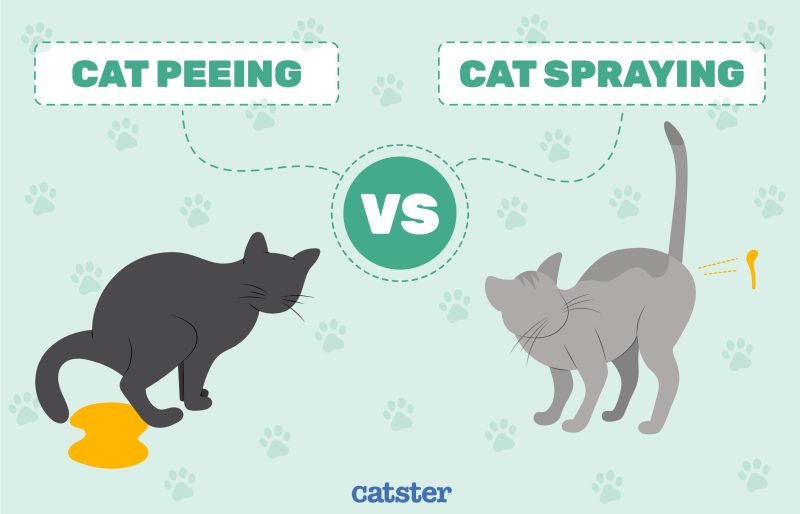
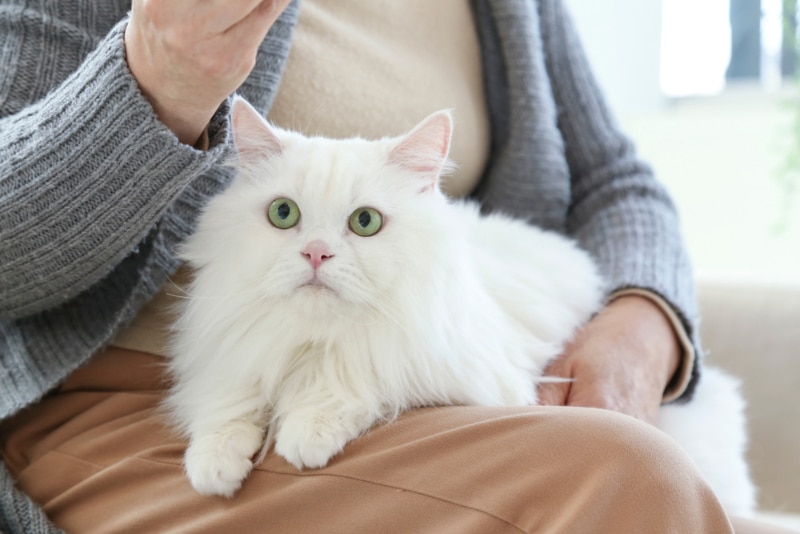
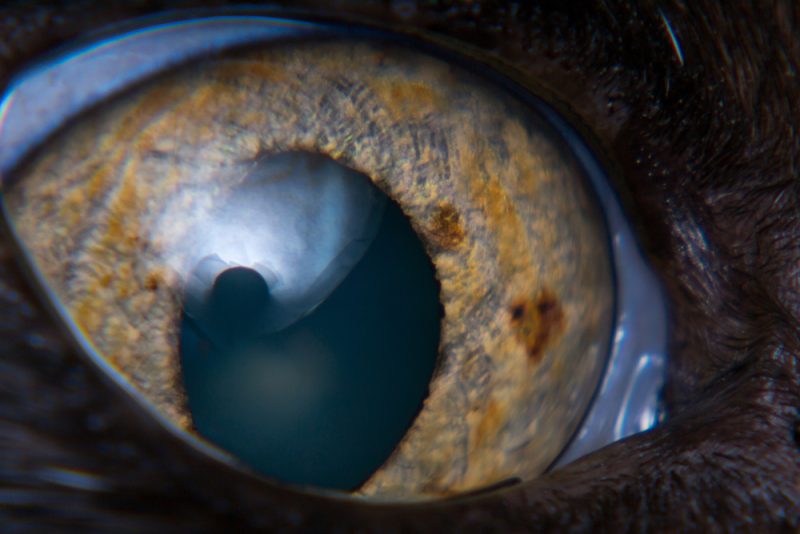
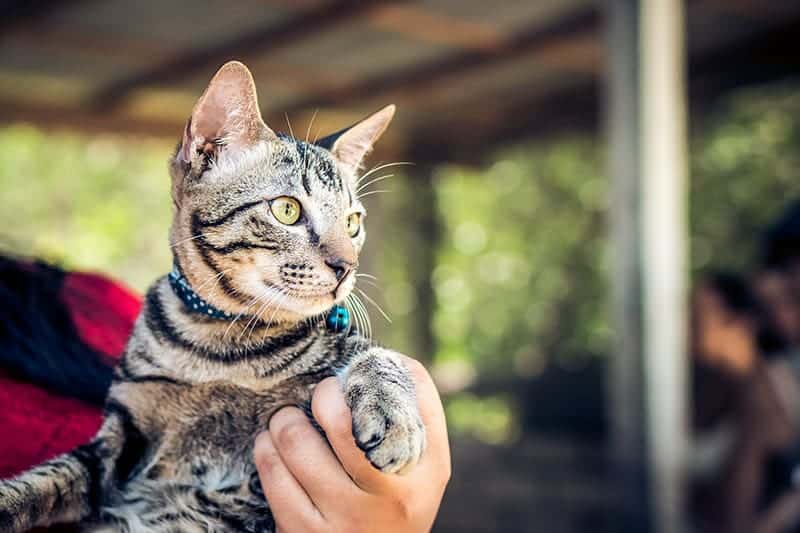
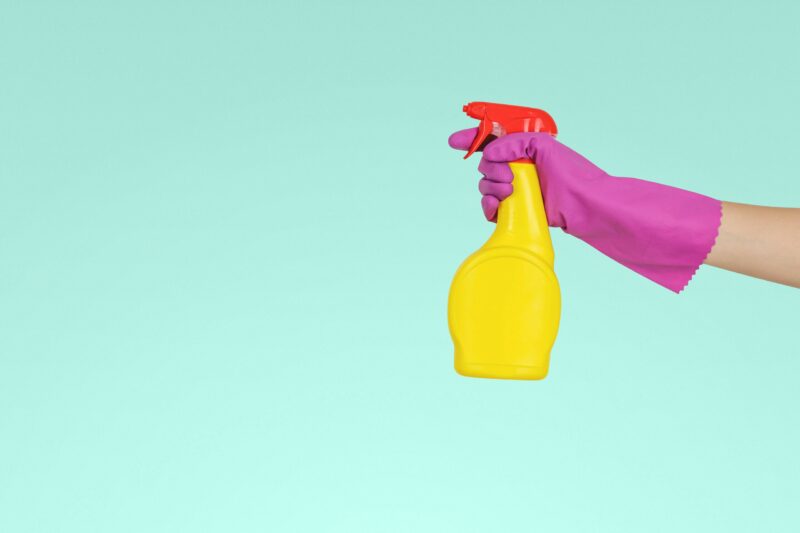
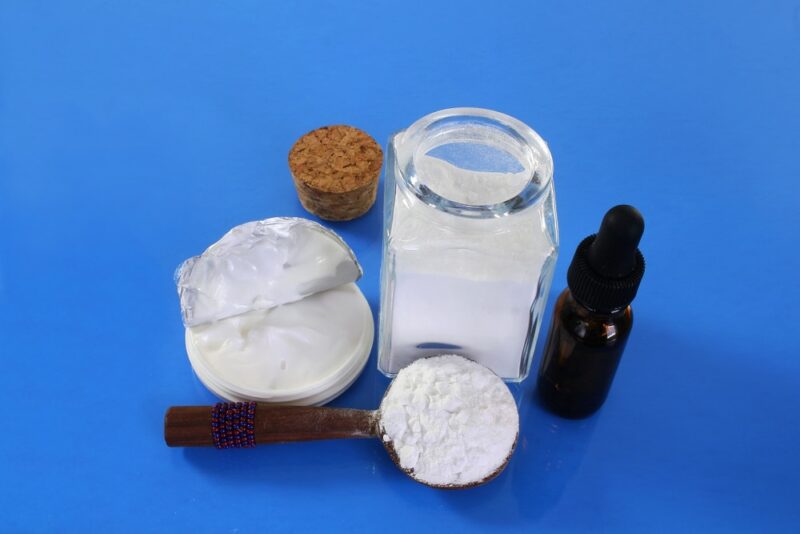

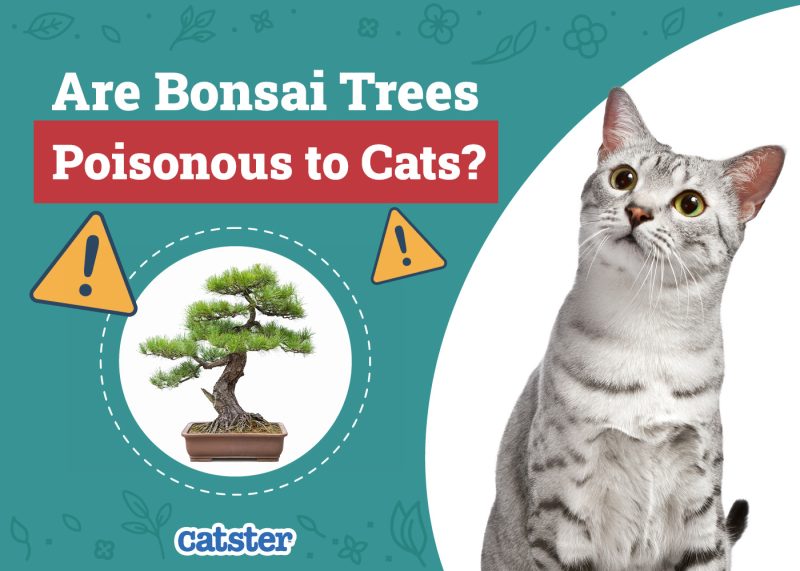
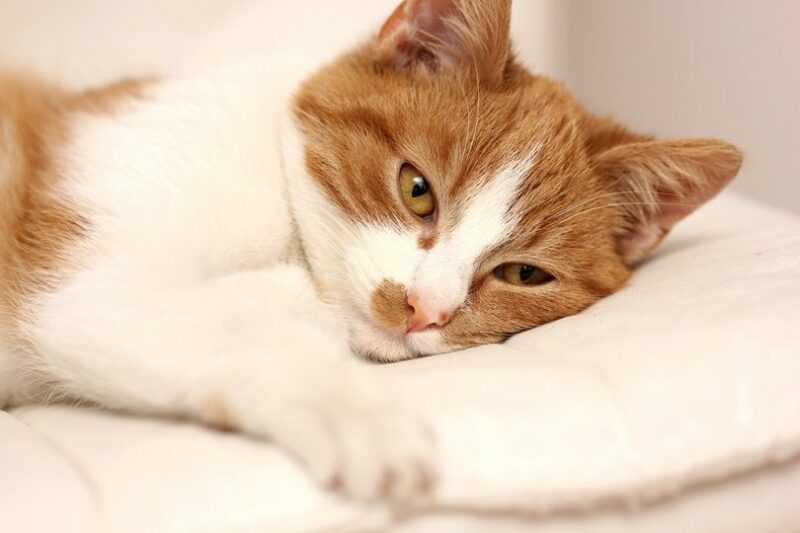
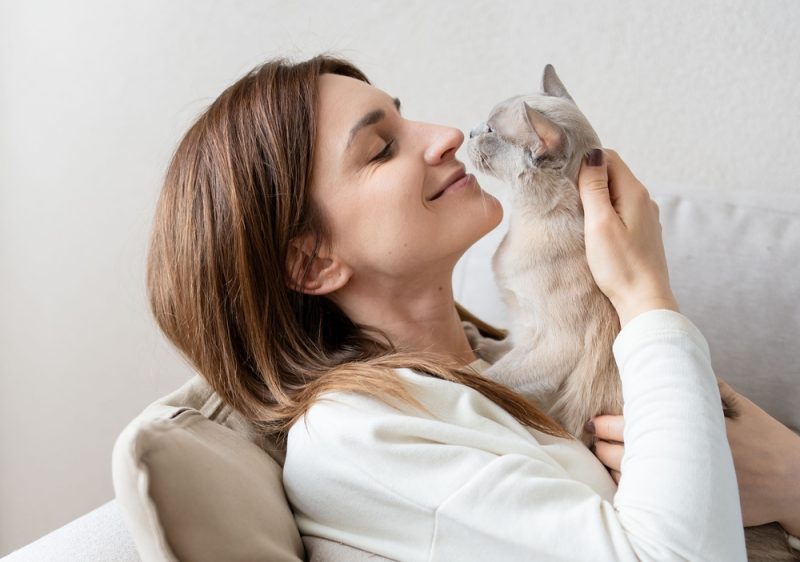
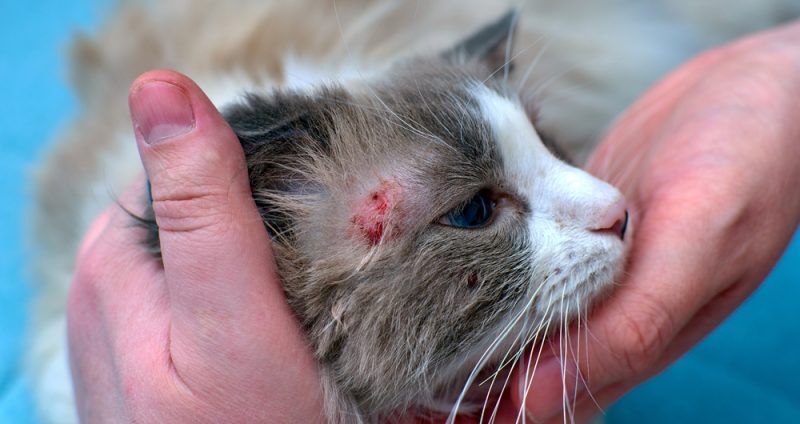
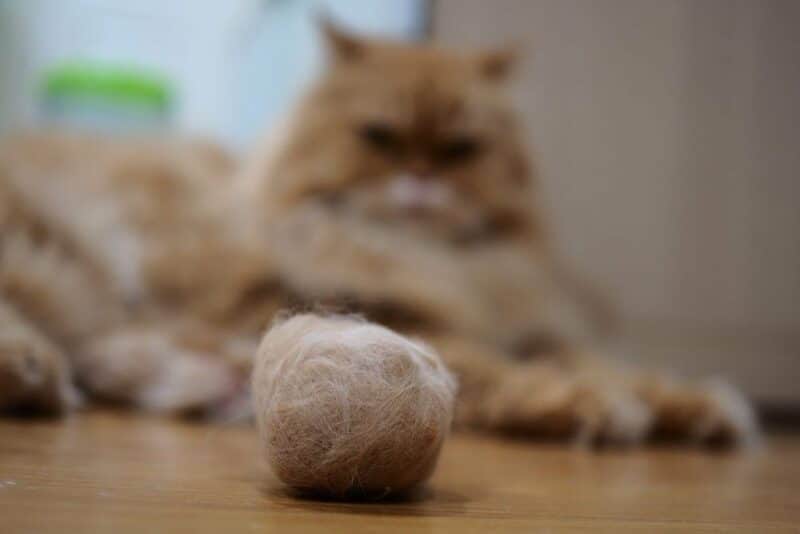

4 Responses
Just one of the myriad reasons why dogs are so much better than cats.
We love them both! Each one has a special place for us ????+ ????= ????
I tried all the suggestions noted..He wants to eat the needles..so I had to take it down. Someone should make a tree that is cat safe! I must make sure he is safe.
Hi Theresa, you are doing the correct taking the Christmas tree down and prioritizing your cat's health and safety.